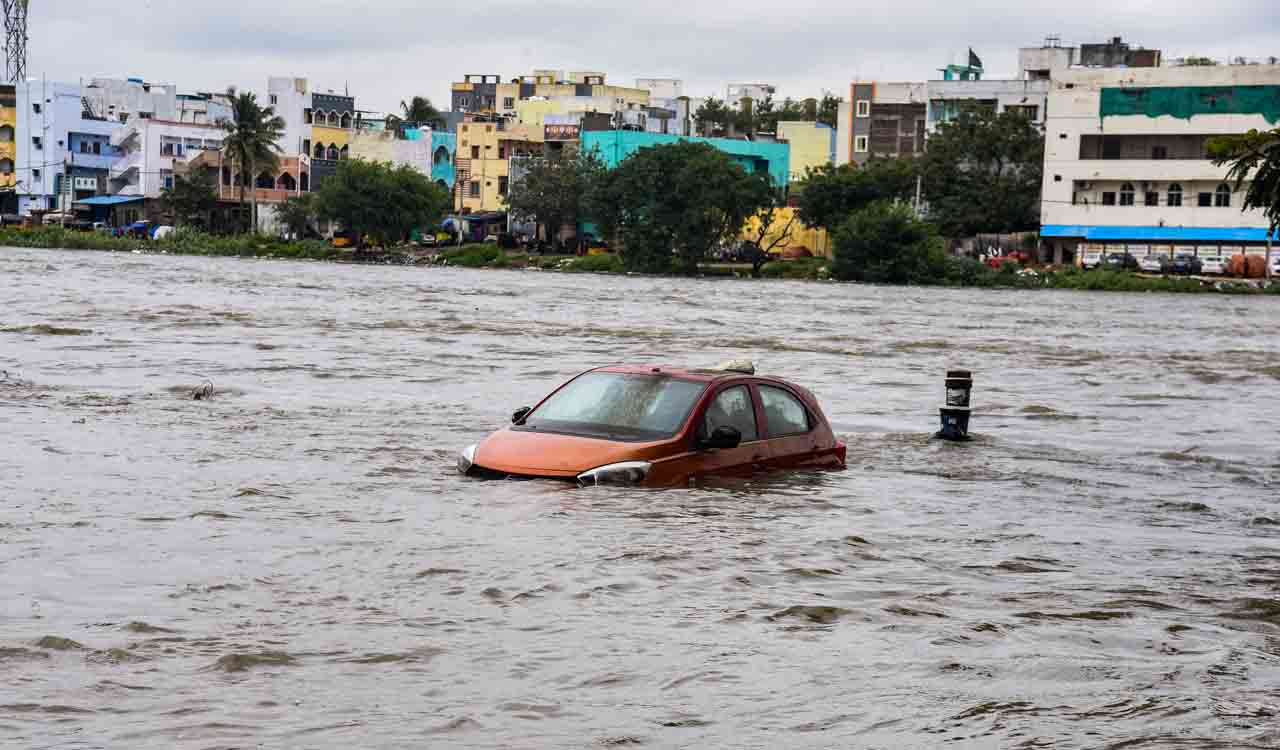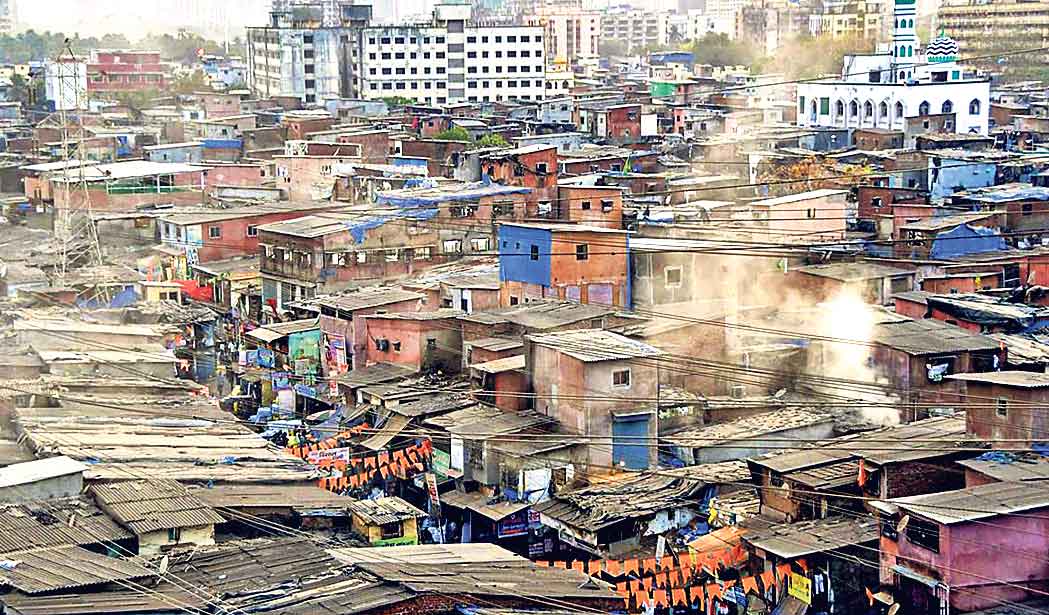Opinion: Weaponisation of Musi floods — Telangana betrayed by its own state
The 2025 Musi floods were no ‘act of God.’ Rainfall data and release patterns suggest orchestrated flooding, raising the question: Was the disaster weaponised to fast-track the Musi Riverfront project?

By Prof Dasoju Sravan Kumar
Hyderabad has lived with the Musi River for centuries — as a life-giving artery and, occasionally, a destructive force. The devastating floods of 1908 killed nearly 15,000 people, leading to the construction of Osman Sagar (1920) and Himayat Sagar (1927). These reservoirs were not just feats of engineering; they were meant to be the city’s guardians against nature’s fury.
Also Read
Over a century later, this year, during September 25 to 28, Hyderabad was again submerged. But this time, the tragedy was not caused by the river’s rage alone. It was compounded — perhaps even created — by deliberate human intervention. The suspicion that the state weaponised floods for political and developmental ends has shaken Hyderabad’s conscience.
Rainfall Data vs Flood Reality
The Weather & Climatology Report (Feb 2024) by the Telangana State Development Planning Society (TSDPS) and the Directorate of Economics & Statistics offers historical benchmarks:
Hyderabad 26–28 Sept 1908 – 43.18 cm
Hyderabad 24 Aug 2000 — 24.15 cm
Ranga Reddy 21 July 2012 — 22.68 cm
Medchal-Malkajgiri 21 Sept 2016 — 23.02 cm
Ranga Reddy 14 Oct 2020 — 30 cm
By contrast, 2025 saw around 23 cm of rainfall over three days, not in a single cloudburst. Historically, heavier single-day downpours (2000, 2020) were absorbed without paralysing the city. Yet this year, the Mahatma Gandhi Bus Station (MGBS) — deliberately built above Musi’s highest flood line — went underwater for the first time.
This is the crux: rainfall intensity was lower, but the destruction was unprecedented. The logical inference is that the catastrophe was man-made.
Anatomy of Orchestrated Flooding
Sudden Release of Reservoirs
- On Sept 26, nine gates of Himayat Sagar were abruptly lifted, releasing nearly 12,000 cusecs into the Musi.
- No staggered pre-release was attempted, despite clear rainfall warnings.
- Low-lying colonies in Chaderghat, Moosarambagh, Kishanbagh, and even MGBS were inundated within hours.
Ignored Forecasts
- The IMD and private agencies had issued advance alerts of heavy rainfall across three days.
- The entire purpose of Gandipet and Osman Sagar — to act as buffers — was sidelined. The reservoirs were treated like water tanks, not flood management systems.
Drone Politics by HYDRAA
- The Hyderabad Disaster Response and Asset Protection Agency (HYDRAA) released drone visuals showing shanties “blocking” Musi’s flow.
- Relief took a back seat; propaganda took centre stage. Elite encroachments were ignored while poor families were projected as villains.
Taken together, this looks less like negligence and more like orchestrated flooding, a carefully timed release engineered to produce maximum visual damage.
The Riverfront Dream and Its Dark Side
Hyderabad’s Musi Riverfront Development Project is the backdrop. Inspired by Ahmedabad’s Sabarmati Riverfront, it promises promenades, parks, and real estate corridors.
But the Sabarmati model has been globally critiqued: thousands of informal settlers were evicted without rehabilitation; the river was channelised into a concrete corridor, severed from its natural ecosystem. Urban beautification came at the cost of social cleansing.
In Hyderabad, the fear is déjà vu:
• Poor settlers with decades of residence are vilified as encroachers.
• Powerful developers, transport operators, and commercial lobbies with illegal constructions remain untouched.
• The 2025 floods provided the perfect visuals to justify eviction drives.
Beautification cannot be built on betrayal. If the riverfront project is advanced by weaponising floods, it represents not development but state-engineered injustice.
Constitutional and Legal Dimensions
The Musi floods raise questions of constitutional morality and legal accountability.
Article 21 (Right to Life): The Supreme Court has repeatedly expanded Article 21 to include safe shelter and dignity (eg, Olga Tellis v Bombay Municipal Corporation, 1985). If state actions deliberately endanger lives by orchestrating floods, it is a direct violation of Article 21.
Directive Principles (Articles 38 & 39): These mandate equitable development. Selective targeting of slums while sparing elite encroachers violates constitutional morality.
Disaster Management Act, 2005: The Act imposes duties of prevention, mitigation, and preparedness. Sudden release of 12,000 cusecs without a pre-release strategy contravenes statutory obligations.
PUCL v Union of India (1997): The Supreme Court, in the telephone tapping case, stressed procedural safeguards against state excess. The analogy here: floods must not be used as a tool of coercion against the poor.
Commissions of Inquiry Act, 1952 (Sec 3): Matters of “definite public importance” — like allegations of man-made floods — justify a Judicial Commission of Inquiry.
RTI Act, 2005 (Sec 4): Citizens are entitled to inflow/outflow data, forecast alerts, and inter-departmental communications. If hidden, it further erodes public trust.
The law is clear: a state cannot manufacture disasters and escape accountability.
The Humanitarian Cost
Numbers conceal human pain. The Musi floods of 2025 left behind heart-rending stories:
- Children perched on rooftops, crying as their books and toys floated away.
- Women cooking on improvised stoves as water gushed through their lanes.
- Daily wagers losing rations and tools, left jobless overnight.
- Families branded “encroachers,” humiliated despite paying taxes, holding ration cards, and receiving utility connections from the same state now abandoning them.
The cruel irony: while poor settlers were criminalised, concrete encroachments by powerful lobbies along Musi’s corridor stood untouched. This is not disaster management. It is state-sponsored discrimination.
Deep State and Urban Governance Crisis
At the heart of the suspicion is the emergence of new institutions like HYDRAA, which seem less accountable and more aligned with political directives. Instead of protecting citizens, they were busy producing drone propaganda.
This is symptomatic of a deeper malaise: urban governance captured by vested interests.
• Deep state mechanisms blur the line between disaster relief and political strategy.
• Beautification becomes a tool of eviction.
• Development is privatised; suffering is socialised.
If unchecked, this trend will turn Hyderabad into a city where state power, not natural calamity, becomes the chief source of insecurity.
Questions That Cannot Be Buried
- Why was water not released gradually despite advance forecasts?
- Why did MGBS flood for the first time?
- Why did HYDRAA prioritise drones over relief?
- Why are poor encroachments targeted while elite encroachments ignored?
- Was the flood weaponised to fast-track the Musi Riverfront project?
Unless these questions are answered in a transparent judicial forum, public trust in governance will collapse.
Call for Judicial Commission
The Musi floods of 2025 cannot be dismissed as an “act of God.” They are a fit case for an independent Judicial Commission of Inquiry under the Commissions of Inquiry Act, 1952. Only a transparent probe can determine whether negligence, complicity, or deliberate planning caused this disaster.
Anything less would mean normalising state-manufactured disasters as tools of governance.
Between Development and Betrayal
Hyderabad deserves development, but not at the cost of deception. River rejuvenation is essential, but not by flooding citizens out of their homes.
The Musi floods have exposed the fragility of our urban governance and the arrogance of political power. When governments weaponise nature, they not only drown homes but also the very faith of citizens in democracy.
The choice before Telangana is stark: Will Musi become a model of equitable urban renewal? Or will it be remembered as a monument of betrayal, where beautification was pursued through destruction?
Unless accountability is enforced, the Musi floods of 2025 will go down in history not as a natural calamity, but as a case study in how states can manufacture disasters to serve selfish politics.

(The author is Member of Legislative Council)
Related News
-
Three Americans killed; U.S. vows response to ISIS attack in Syria
7 hours ago -
Women’s rescue team shines as Singareni wins big at All India Mines Rescue Competition
7 hours ago -
Komuravelly Kalyana Mahotsavam to mark start of annual jathara
8 hours ago -
Over 8 lakh voters to cast ballots in Arunachal polls on Dec 15
8 hours ago -
AIIMS-led trial proves Supernova Stent safe and effective for stroke patients
8 hours ago -
Man killed, wife injured in Sangareddy road accident ahead of panchayat polls
8 hours ago -
Nitish Kumar Reddy claims hat-trick for Andhra in Syed Mushtaq Ali Trophy
8 hours ago -
Triveni Continental Kings eye hat-trick in Global Chess League
9 hours ago




